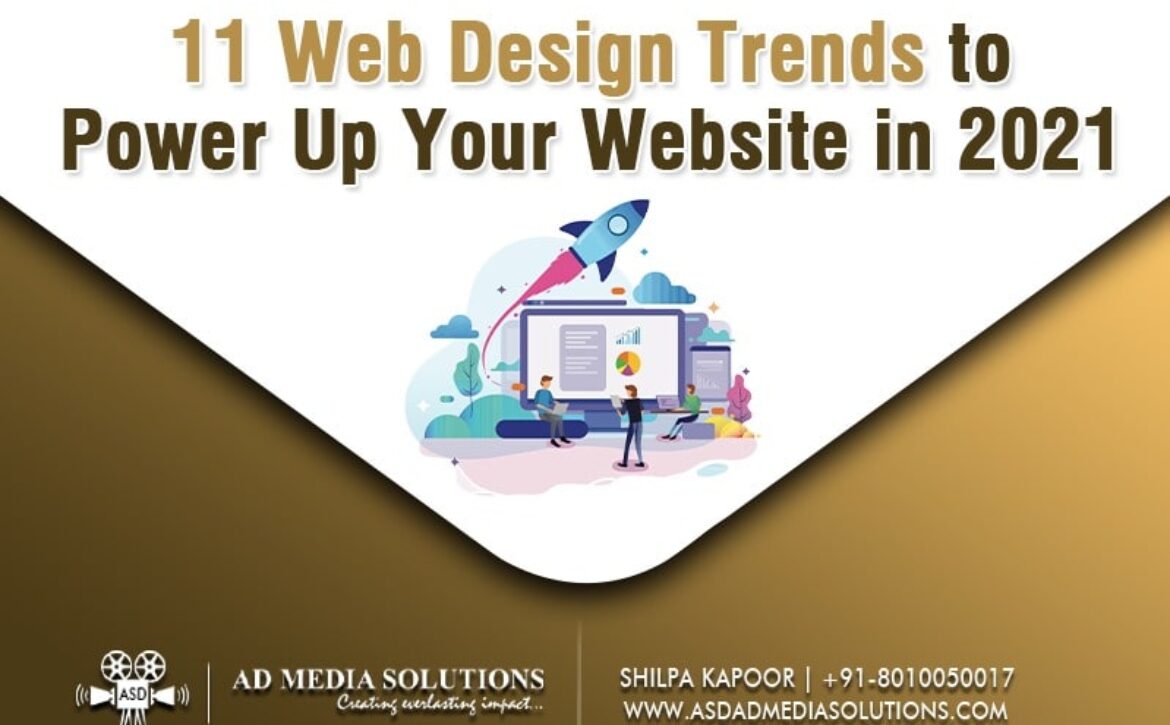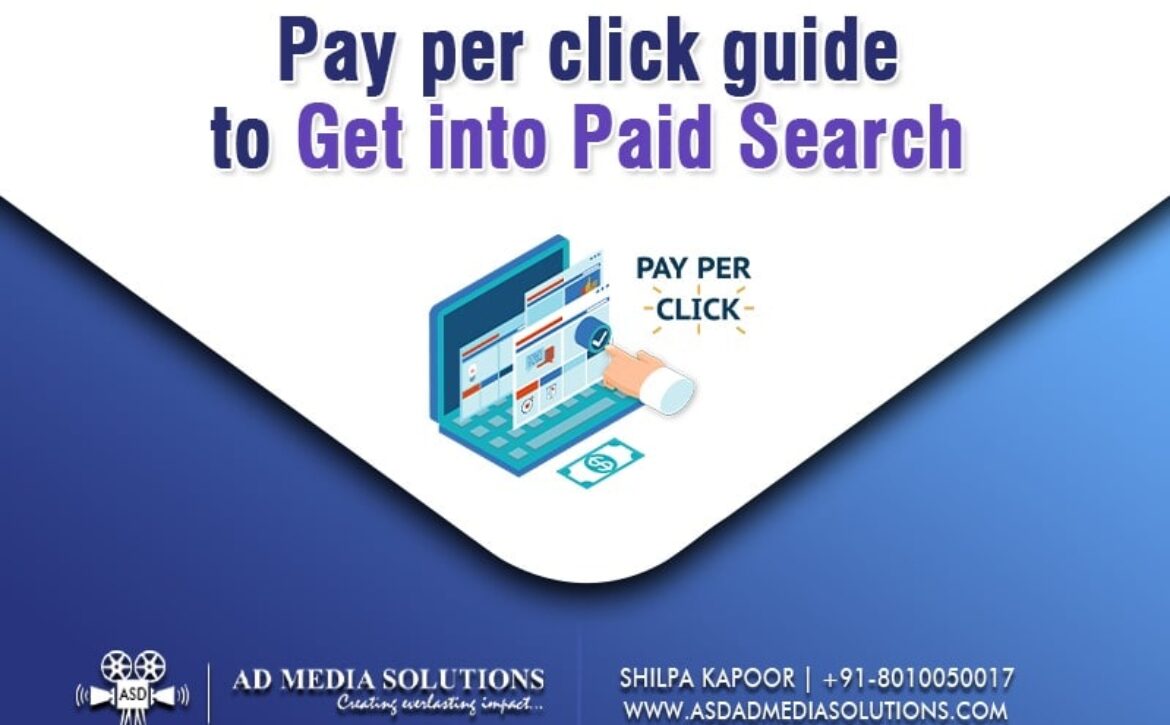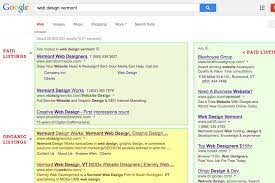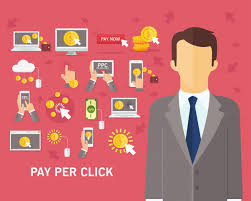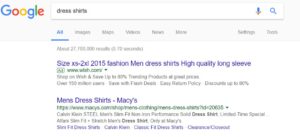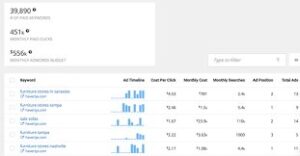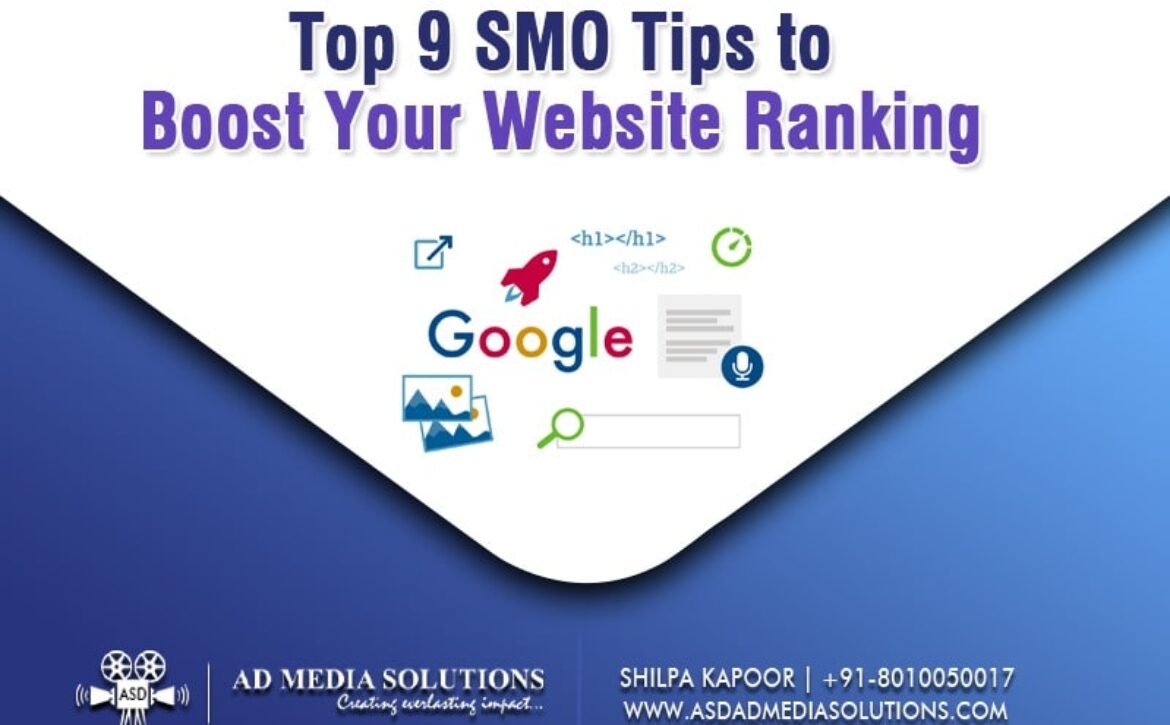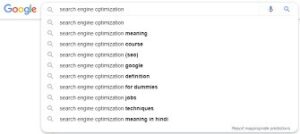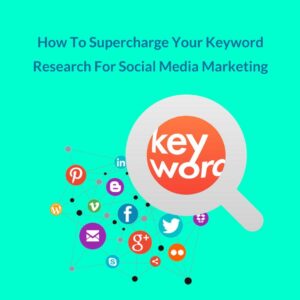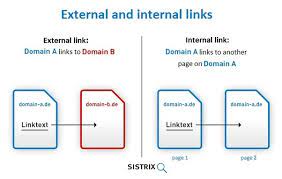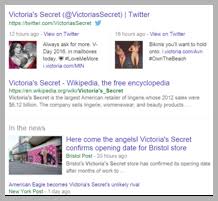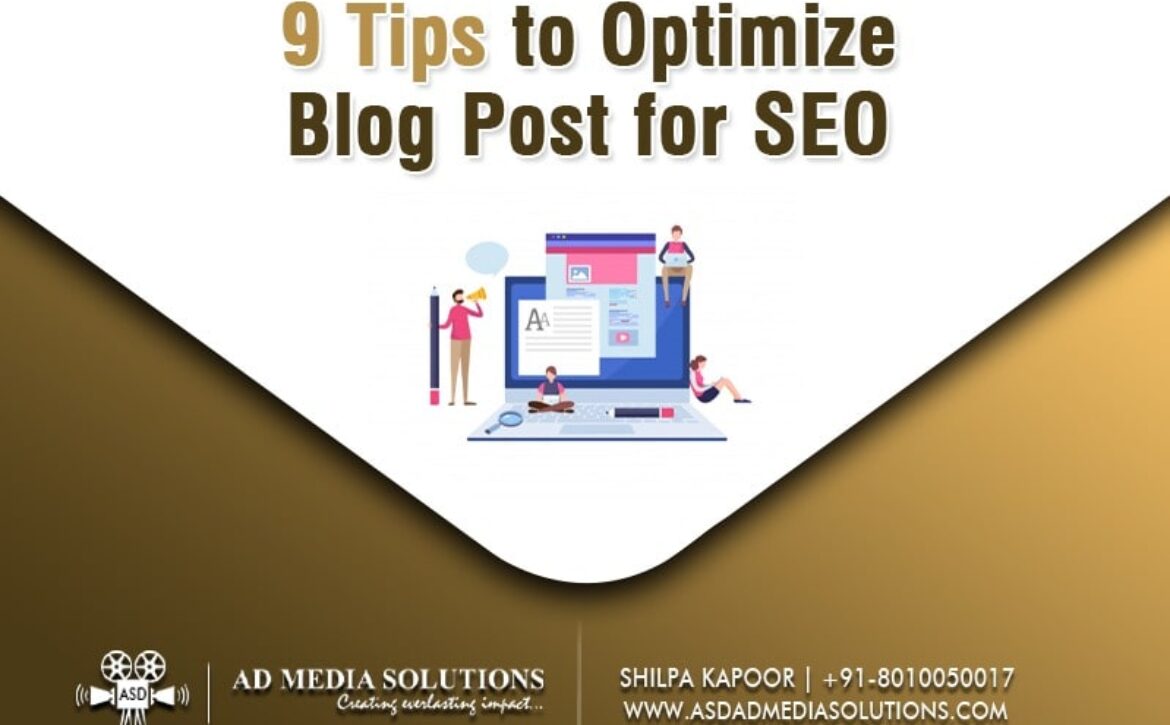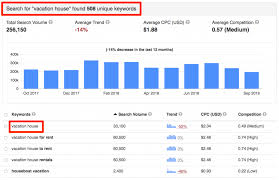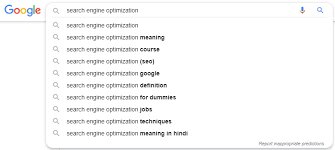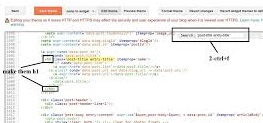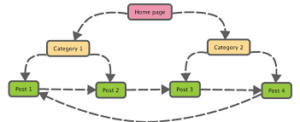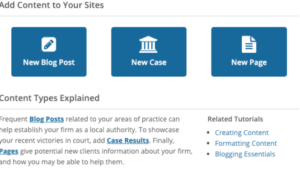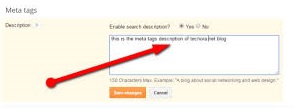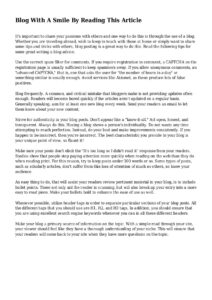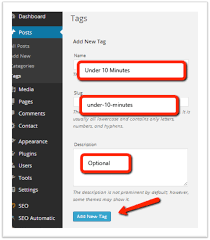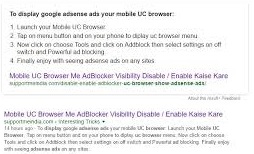11 Web Design Trends To Power Up Your Website In 2021
Website creation designs are continuously evolving. Simultaneously, there are some standard styles that simply won’t vanish – like the extensive moderation and flame level delineations that we’ve been seeing for quite a while,
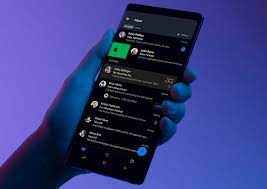
Dark mode which was by then a point a major pattern in 2020 because of OLED screen will end up bend out to be valued more famous one year from now. It looks easy, good, and aesthetic in the present day. Telegram, Instagram, Twitter, Facebook, and Apple are several instances of the huge brands that offer elective topics on their foundation. If you are interested in more design solutions, check the iPhone, mockup pickup.

Hand-drawn design components carry feelings and humanity to websites, something that where it counts deep down users who are tired of technology crave. In fact, this mutinous trend is almost the opposite of pixel perfect, so display your ragged edges and exposed shapes to how human and realistic brand is.
Volumetric graphics have always enchanted people; It’s a trend that’s only been by technology and cost. Until virtue reality becomes more pervasive and cost-effective, hyper-realistic 3d imagery, which often spans the entire the whole screens, is the good way to create an immersive experience on your site,
(4) Delicate shadows, layers and drifting components
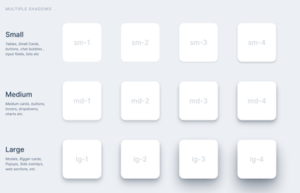
This pattern expects to make depth. It works with the picture, yet additionally with text and photos, and give the scheme a perceiving of daintiness, as though the components were coasting on top of one another.
Utilizing genuine photo knitted with illustrations or graphics truly capture the spirit of the brand. The style of these visuals can effect how people interpret the photo cartoon swirls are better utilized for something more playful, and geometric swirls for something more complex. High quality photographs already look great on their own, but adding cool graphics will really show off your creative flair.
Designers are presently towards solid structure and playing with variant methods of utilizing lots of white space ( and space of any colour, for that matter) to give their designs more structure and utilize clean framing, to give the designs a feeling of stability and solidity, order and neatness.
Futuristic full colors like blue, purple, and radiant pink give the design a feeling of radiance for the future. Experts use bold color combinations to take web design literally jump off the screen. This trend is particularly apparent in duochrome web design.
Website content gravitates towards more voice scripted video and less text. In the course of recent years, navigation has become simpler to adapt to very small devices and even less attention span. Vastly minimalist navigation removes much of the difficulty in usability.
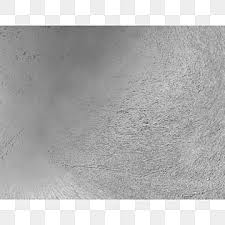
Ongoing advances in web technology have made it simple to carry out a frosted glass impact on websites. The blurred appearance of elements behind the frosted glass overlay assist add colour to the area, as well as permitting text or objects to show up in the picture and stay legible.
The genre of fine art photography is confusing partly because its definition is so vague. Fine art photos are images that are created solely for their imaginative or aesthetic quality.
(11) Realistic Textures
After years of ethereal gradients and smooth isometric objects, texture are surfaces, are making a comeback. You can get clients to connect and contact texture by making outlines and grains. In any case, do whatever it takes it. You may end up deflecting visitors attention to the wrapper rather than your brand.

